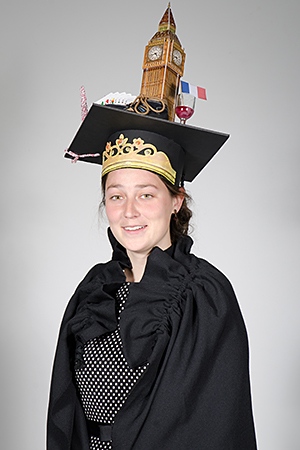Jana Hutter
Accelerated Non-contrast-enhanced Morphological and Functional Magnetic Resonance Angiography
Abstract
Cardiovascular diseases such as stroke, stenosis, peripheral or renal artery disease require accurate angiographic visualization techniques both for diagnosis and treatment planning. Beside the morphological imaging, the in-vivo acquisition of blood flow information gained increasing clinical importance in recent years. Non-contrast-enhanced Magnetic Resonance Angiography (nceMRA) provides techniques for both fields. For morphological imaging, Time of Flight (TOF) and magnetization-prepared balanced Steady State Free Precession (mp-bSSFP) offer non-invasive, ionizing-radiation free and user independent alternatives to clinically established methods such as Digital Subtraction Angiography, Computed Tomography or Ultrasound. In the field of functional imaging, unique novel possibilities are given with three-directional velocity fields, acquired simultaneously to the morphological information using Phase Contrast Imaging (PCI). But the wider clinical use of nceMRA is still hampered by long acquisition times. Thus, accelerating nceMRA is a problem of high relevance and with great potential clinical impact. In this thesis, acceleration strategies based on k -space sampling below the Nyquist limit and adapted reconstruction techniques, combining parallel MRI (pMRI) methods with Compressed Sensing (CS), are developed for both types of nceMRA methods. This includes contributions to all relevant parts of the reconstruction algorithms, the sampling strategy, the regularization technique and the optimization method. For morphological imaging, a novel analytical pattern combining aspects of pMRI and CS, called the MICCS pattern, is proposed in combination with an adapted Split Bregman algorithm. This allows for a reduction in the acquisition time for peripheral TOF imaging of the entire lower vasculature from over 30 minutes to less than 8 minutes. Further acceleration is achieved for 3-D free-breathing renal angiography using mp-bSSFP, where the entire volume can be acquired in less than 1 minute instead of over 8 minutes. In addition, organ based evaluations including the vessel sharpness at important positions show the diagnostic usability and the increased accuracy over clinically established acceleration methods. For PCI, advances are achieved with a dedicated novel sampling strategy, called I-VT sampling, including interleaved variations for all dimensions. Furthermore, two novel regularization techniques for PCI are developed in this thesis. First, a novel temporally masked and weighted strategy focusing on enhanced temporal fidelity, referred to as TMW, is developed. This fully automatic approach uses dynamic and static vessel masks to guide the influence specifically to the static areas. Second, the low rank and sparse decomposition model, is extended to PCI, combined with adapted sparsity assumptions and the unconstrained Split Bregman algorithm. These methods are successfully applied to the carotid bifurcation, a region with a huge demand of significant acceleration as well high spatial and temporal accuracy of the flow values. But all algorithmic contributions exploit inherent properties of the acquisition technique, and thus can be applied for further applications. In summary, the main contribution of this thesis is significant acceleration of nceMRA achieved with novel sampling, regularization and optimization elements.
